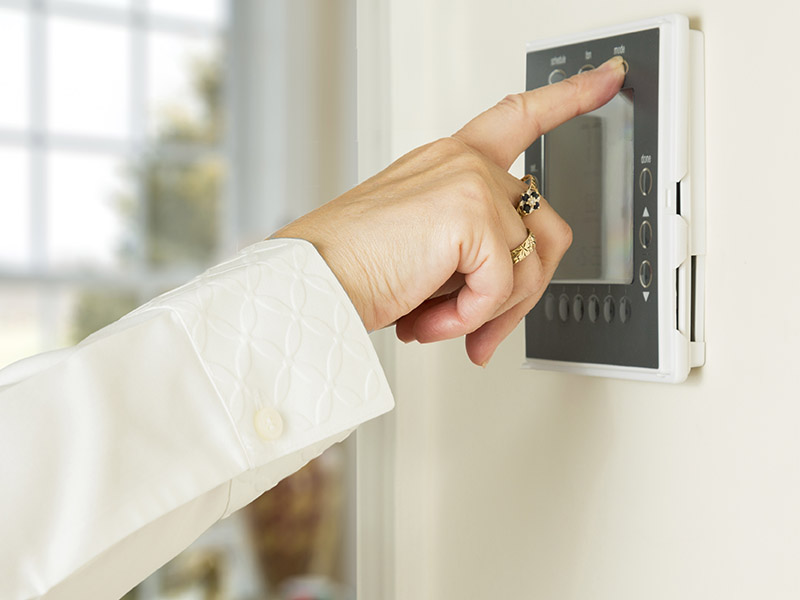In recent years, smart thermostats have gained popularity among homeowners in Port Aransas, TX. They offer improved comfort and can save you up to 15% on your energy costs. If you’re thinking of buying one, here are six ways to get the most out of your new smart thermostat:
Set up Voice Control
If you use a smart assistant, it’s likely compatible with your smart thermostat. If you configure the two to work together, you gain the ability to control your thermostat with your voice. It’s a handy feature that makes operating your home’s HVAC system entirely hands-off.
Set up Geofencing
One of the great things about smart thermostats is that they’ll learn your schedule and adjust accordingly. However, if you or your family has an unpredictable schedule, that complicates matters. It could mean your smart thermostat will struggle to keep your home comfortable when you need it.
You can solve this problem by using your smart thermostat’s geofencing features. This allows your smart thermostat to know when you’re home by using your family’s smartphones. That way, your smart thermostat can economize when you’re out and get your home ready when you’re nearby.
Use It for Weather Updates
While it’s great that your smart thermostat keeps you comfortable when you’re home, can it help keep you comfortable when you’re out? Surprisingly, yes. Most smart thermostats offer limited real-time weather information that can let you know what conditions to expect outside. Most models display this information using standard weather iconography like clouds.
However, many smart thermostats will provide detailed weather information if you know how to access it. If you consult your smart thermostat’s manual, you should find information on how to access weather forecasts. Then, you’ll know what the weather’s like and what to expect later in the day.
Control Your Indoor Humidity
Although you may not realize it, your home’s air conditioner extracts moisture from the air as it works. That’s why you’ll see a steady drip coming from the drain line of your AC system while it’s running. This helps to cool your home by reducing the indoor humidity level.
However, smart thermostats often include a setting to maximize indoor humidity control. This will allow your AC system to operate based on your indoor humidity level instead of just indoor temperature. If your smart thermostat detects humidity above desirable levels, it will turn on your air conditioner to compensate.
Add Remote Sensors
One of the problems that plague many homes with a central HVAC system is uneven heating and cooling. This happens because your thermostat can only read the temperature at its location. That could leave some rooms either too hot or too cold for your tastes.
With many smart thermostats, you can alleviate this issue by installing remote sensors. They allow the thermostat to check temperatures in other parts of your home. You can then set preferences that tell the thermostat which sensor to prioritize and when.
Using this, you could instruct your smart thermostat to prioritize keeping the right temperature in your bedroom at night. Then, you could tell it to prioritize your living room in the evening when you’re likely using it. Remote sensors expand your smart thermostat’s capabilities significantly and allow you to customize your home’s comfort.
Install Your Smart Thermostat App
Be sure to install your smart thermostat’s smartphone app for easy access. Your smart thermostat’s app allows you to maintain complete control over your home’s HVAC system from wherever you are in the world. This is handy if you need to change a setting while you travel or turn off your HVAC system remotely.
If you’re thinking about adding a smart thermostat to your home’s HVAC system, call Bodine-Scott Air Conditioning & Plumbing Co. We offer comprehensive HVAC and plumbing services, including the installation of smart thermostats.
Image provided by iStock

